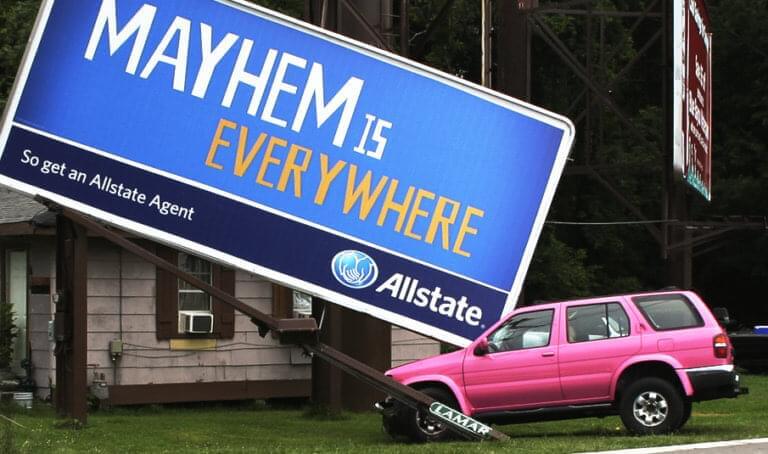
Have you ever noticed the advertisements on the sides of bus shelters, bus benches, or newsstands? Or how about those that are on the sides of buses, vans, or trucks? Chances are, you just recalled ads that were placed by either a real estate agency, insurance company, or automotive dealer. And that’s no coincidence.
According to the Outdoor Association of America (OAAA) Insurance & Real Estate, Finance Services, and Automotive Dealers & Services were among the top ten product categories in OOH spending in 2019? This translates to more than $1.39 billion dollars spent on OOH from the three categories combined — with industry giants like Geico, American Express, and State Farm making it to the list of top 10 overall OOH advertisers in the same year. While it’s no secret that OOH is one of the highest ROI advertising mediums, it’s worth wondering why these types of businesses, whose brand values revolve around integrity and trust, spend more on OOH than others…
The answer lies in the fact that OOH is one of the most effective advertising mediums in gaining brand awareness, building brand credibility, and winning consumer trust.
This article will dive deeper into some of the reasons why brands need to gain consumer trust in the first place and how they can do so by leveraging the power of OOH in their media mix.
Why Consumer Trust Matters in 2020

It’s undeniable that conversions (including product purchases, site visits, store attendance, and service subscriptions) are important. But if brands want to be around for the next decade, their relationship with customers is what will determine if they succeed or not.
Long gone are the days where marketing revolves merely around advertising products; now more than ever before, consumers are looking to purchase from companies they feel connected to and have confidence in. According to the 2019 Edelman Trust Barometer Special Report, 67% of survey respondents said that “a good reputation may get [them] to try a product”, but “unless they come to trust the company behind the product, [they] will soon stop buying it.” Furthermore, the report also highlighted the importance for brands to gain consumer trust in three main categories: product experience, customer experience, and the business’ impact on society. Respectively, 62%, 55%, and 69% of respondents expressed “growing concerns” over whether or not businesses are doing the “right thing” when it comes to these three categories.
What all this means for brands is that they must direct their current marketing efforts towards establishing that genuine relationship with their customers. Some experts even go as far as saying that building brand trust can be an “insurance policy” against future issues. Some of the key components in creating brand loyalty include – delivering on consumer promises with respect to societal impact, product experience, consumer experience, demonstrating concern for consumers , and finding common ground with an audience. Speaking of finding common ground, what better way to do so than with engaging, authentic, and real-world OOH advertising content?
Why Consumers Trust OOH
OOH is not intrusive and not interruptive
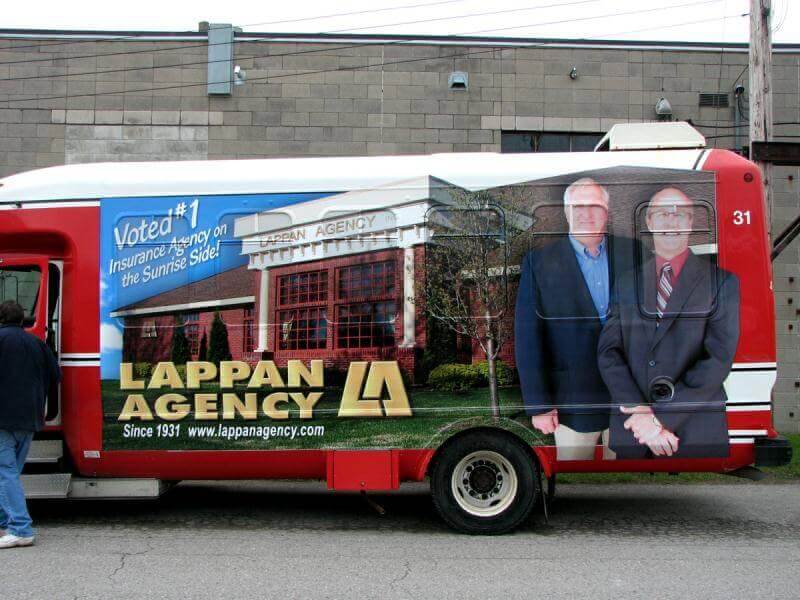
To put it bluntly, unlike every other form of media — be it online ads, TV, print, radio, mail, or social media — OOH ads are not forced down the throats of consumers. Instead, they seamlessly flow into people’s daily lives.
Think about it — the last time you drove or took public transit to work, it probably wasn’t your first instinct to categorize the colourful texts and images you saw on the freeway or on the sides of buses as ads. If anything, perhaps the vibrant billboards or larger-than-life bus wraps were something interesting for you to look at while you were stuck in traffic or waiting to get on the bus. And, because you willingly decided to view the ad and absorb its message, you don’t feel overwhelmed or annoyed by the brand’s marketing. By contrast, think back to the last time you were impatient about a non-skippable YouTube pre-roll ad, a website pop-up ad, or spam email. Some of us — 25.8% of the global population of internet users, to be exact — have even gone as far as installing ad-blocking software to escape the digital clutter.
In light of this, it’s no wonder that many of us feel as though OOH gives us a break from our stressful screens! Not to mention, according to a study conducted by Kantar Millward Brown, 55% of the Generation Z population (ages 24 and under) have been found to favor outdoor advertising because they find it “relaxing.”
Consumers are Cynical About Online
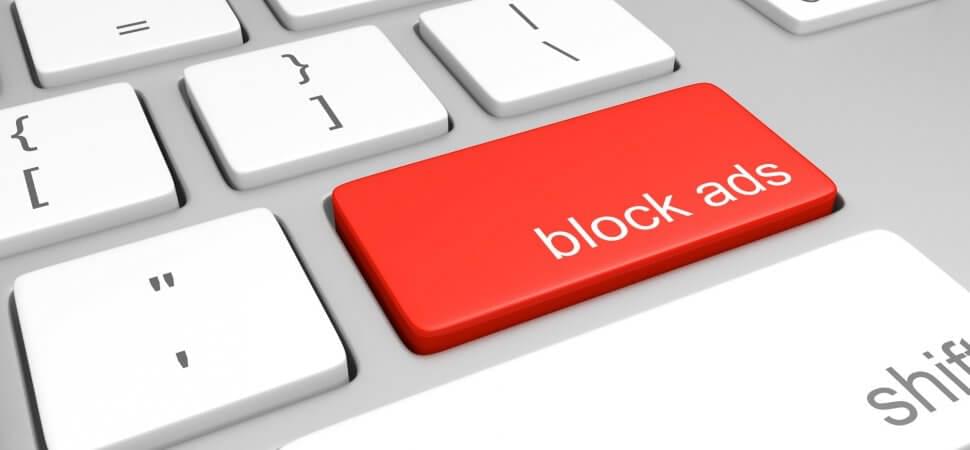
Despite being the most popular form of advertising, internet ads are seen as untrustworthy by the everyday consumer. The reason? Anyone and everyone can purchase online ads making consumers feel especially sceptical of their validity. In a survey conducted by MarketingSherpa, 1,200 American consumers were asked about which type of advertising channels they trusted most when making purchasing decisions. Only 43% of Americans indicated that they trust social media ads, while even less indicated that they trust online banner ads (39%), mobile phone ads (39%), and online pop-ups (25%). On the other hand, survey respondents expressed greater trust in every form of traditional advertising, including print (82%), TV (80%), catalogs (76%), radio (71%), and OOH (69%).
Consumers Crave Authenticity and Real-World Experiences
Authenticity, honesty, and sincerity are amongst the top attributes people look for in every relationship. This also applies to consumer-brand relationships. 91% of consumers (ages 25 to 39) say that they prefer simple, straightforward ads over other purchasing factors, such as product innovation quality.
By the same token, the majority of consumers also prefer spending their hard-earned dollars on real-world experiences as opposed to physical goods. Eventbrite found that 75% of Millennials would “choose to spend money on an experience rather than buying something desirable.” With this in mind, OOH is perfectly positioned to catch consumers where they want to spend their money — when they’re out and about with friends and family and away from their screens.
How Brands Can Leverage OOH in their Media Mix
Recent studies and market research all point to OOH as an effective advertising medium for brands to build trust with their audience. In addition to this, OOH is also one of the best (if not the best) large-format ad mediums that targets consumers of all demographics and backgrounds. Nielsen’s 2019 OOH Advertising Study found that OOH media reaches 80% of US consumers ages 16 or older every week and 90% of this audience every month.
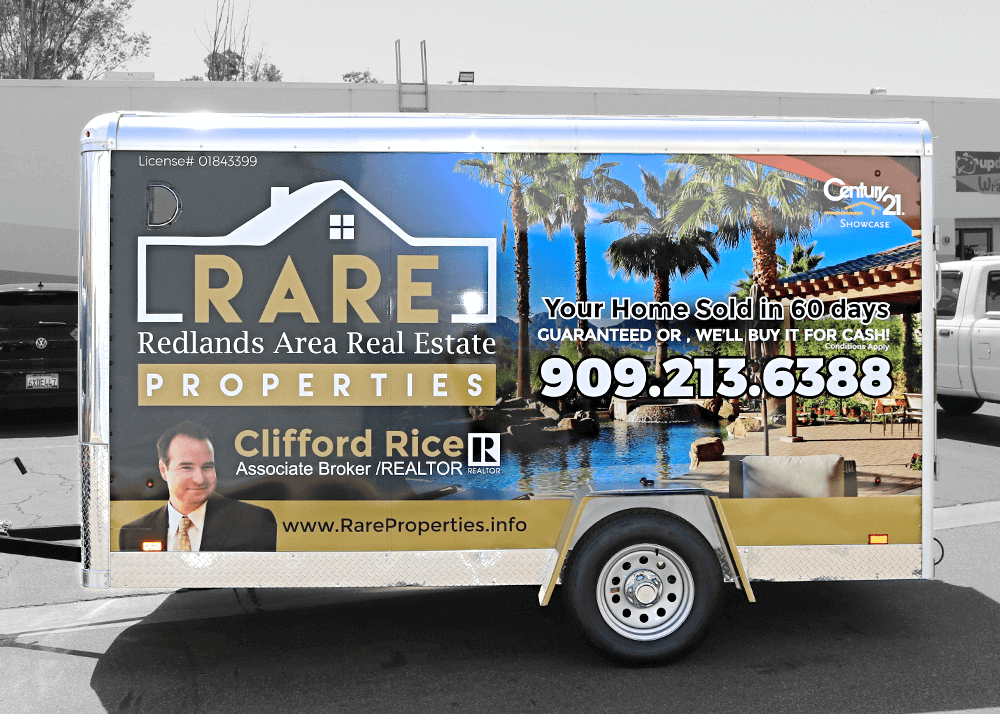
All of this is to say, while OOH is powerful alone, it’s even more effective when combined with other types of advertising and improves overall campaign ROI. The OAAA estimates that adding OOH to the media mix on average increases the reach of TV by 18%, radio by 45%, mobile by 316%, and social media by 212%.
Beyond coordinating cohesive ad messages between OOH and other channels, brands can also retarget consumers once they’ve made an impression with them first with OOH. For example, when given data on who your OOH campaign has reached — down to their location, demographic, and browsing behavior — you can prompt ads on their mobile devices if they visit a competitor’s location or entered another physical location. The ability to retarget mobile devices with OOH is a huge competitive advantage because the more times your audience sees your message, the more likely they are to be influenced by it.
While on the subject of omni-channel marketing, let’s take a look at how brands — those that are founded on building rapport with customers — have successfully integrated OOH into their strategy.
The Best Examples to Learn From:
GEICO
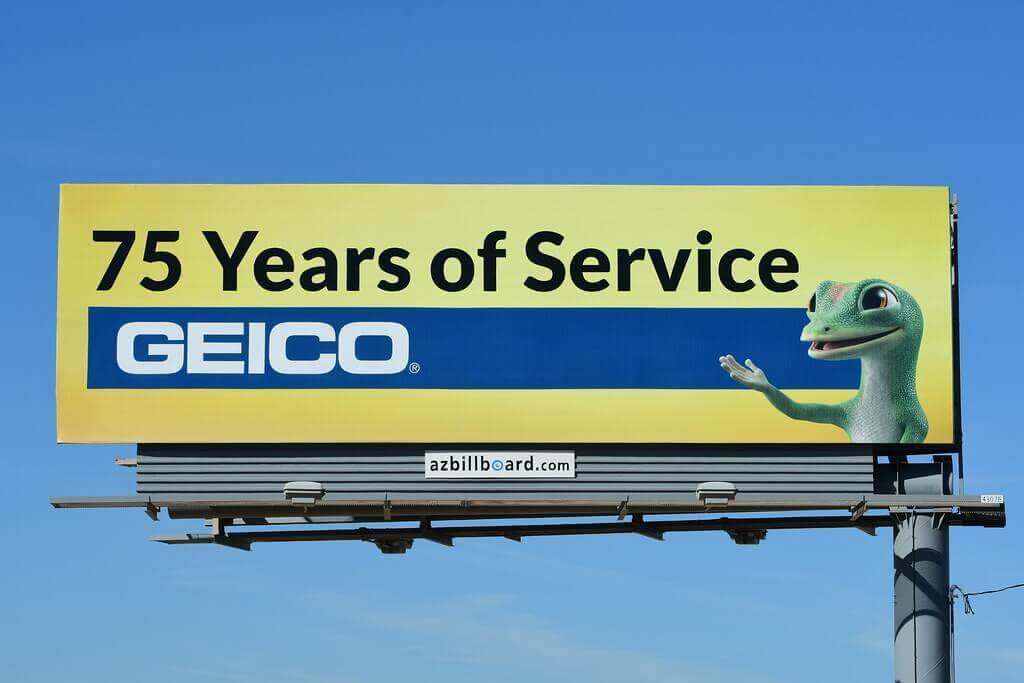
The Government Employees Insurance Company (GEICO) is the second-largest American auto insurance company. Much of GEICO’s advertising success has come from its decade-long marketing efforts across TV, online, and OOH, which features their famous Gecko mascot. Specifically, OOH has performed extremely well for GEICO, so much so, that they often feature their bright yellow billboards in their TV commercials. In the words of OAAA’s Chief Marketing Officer Stephen Freitas, “Consumers see the GEICO brand along roads and across cities everywhere. Using OOH in TV helps add that extra level of relatability for consumers.”
Dioguardi The Tax Brokers

To promote their core services throughout Canada, Dioguardi Tax Law launched a 4-month mobile billboard ad campaign. With just 3 truck wraps travelling throughout the Greater Toronto Area, they garnered 20+ million targeted impressions after only the first 8 weeks and were well on their way to meeting their goal of increasing their client base by 1000%.
State Farm
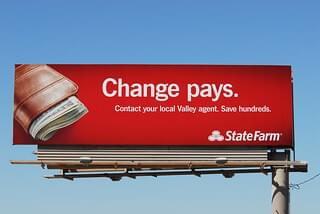
As the largest auto insurance company in the United States, State Farm is also no stranger to advertising with OOH. Not falling too far behind its top competitor GEICO, State Farm spent a whopping $590 million USD on OOH in 2019. Their bright red billboards and short, witty taglines are eye-catching and can’t be missed by any driver or pedestrian passing by. State Farm has also ventured beyond OOH bulletins and partnered with National Outdoor Media to paint towns red with place-based OOH ads on every corner.

MacPherson Builders

Recently, MacPherson Builders, the premier builder and developer of low-rise residential communities in small-town Ontario, wanted to promote their new project, “Nottawasaga Station in Stayner,” in the tranquil and storied landscape of the Georgian Triangle. From April to July of 2018, they launched 2 moving billboards and garnered over 12.4 million impressions within the first 12 weeks of the campaign. The results? Their registration rate for new homes sales “drastically increased” and new registrants ultimately became home buyers!
American Express
Last, but certainly not least, is the American multinational financial services corporation, American Express, who has had wild success with OOH advertising. In recent years, American Express has partnered with major experiences, events, and pop culture idols to expand their outdoor presence, including the spring music festival Coachella, the NBA, A-list artist concerts, and the Anschutz Entertainment Group.

One of their most successful OOH campaigns was launched in 2018. Featuring large wall murals on the sides of buildings. The campaign revitalized their iconic 1975 slogan, “Don’t Leave Home Without It,” by changing it to “Don’t live without it.” The ads were placed on the sides of The Jeremy and Andaz Hotels in April, 2018, and targeted the younger, more affluent Millennial generation. Onlookers were convinced that they couldn’t enjoy life’s finest pleasures, like hanging out with friends, enjoying a weekend vacation, starting a small business, or pursuing their passions, without an Amex Mastercard.
Final Thoughts
Upon taking a look at consumer advertising trends and brands’ OOH strategies, it’s become more than apparent that brands who invest early in OOH will continue to be household names for many years to come. Whether you’re a company in the insurance, finance, or auto services industry, if you’re looking to build brand loyalty, then look no further than OOH.


